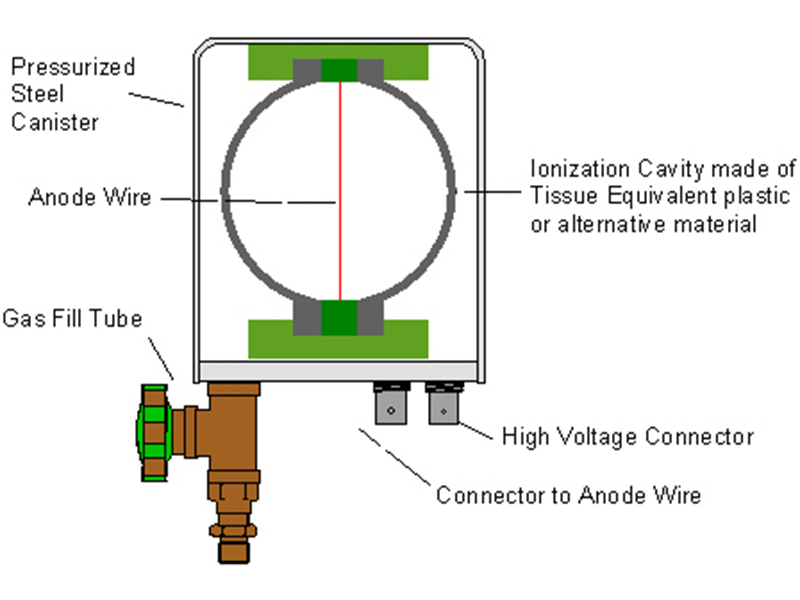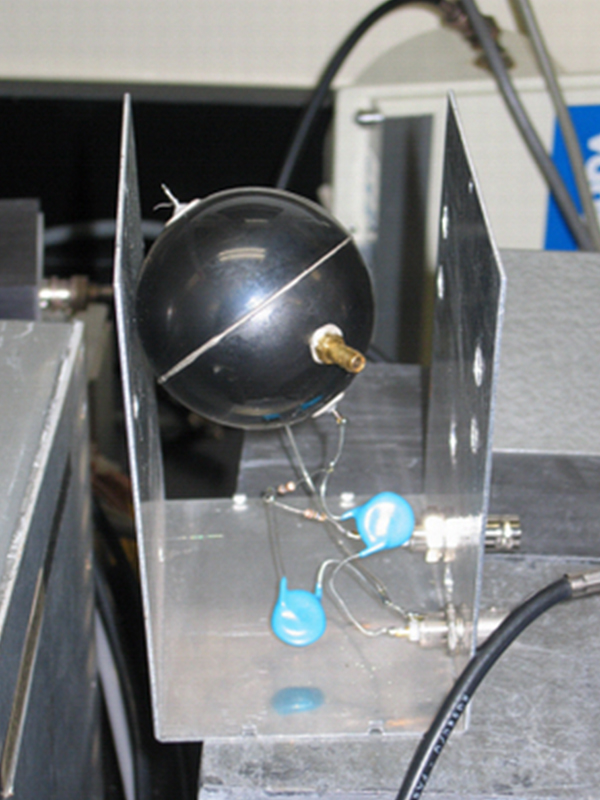Tissue Equivalent Detectors
Tissue Equivalent Detectors for Space Crew Dosimetry and Characterization of the Space Radiation Environment
Tyler Collums
The E.V. Benton Radiation Physics Laboratory is currently involved in a NASA Experimental Program to Stimulate Competitive Research (EPSCoR) sponsored project to develop, fabricate, and test a progressively sophisticated and capable series of compact, self-contained tissue-equivalent ionization chambers and proportional counters. This effort is in direct support of NASA’s Vision for Space Exploration Strategic Plan and addresses NASA’s need for real-time dosimeters for use in monitoring astronaut exposure to radiation during long duration space flight and in characterizing the ionizing radiation environments in interplanetary space and on the surface of the Moon and Mars. The detector resulting from this work is intended to replace obsolete radiation monitoring instrumentation currently in use by NASA aboard the Space Shuttles and the International Space Station. This technology could also find application in proton radiotherapy by providing a standardized, portable, and easy-to-use instrument to replace current constant gas-flow LET chambers and ionization chambers.
The project has three main objectives:
- Investigate and develop alternative tissue equivalent materials, anode designs, signal processing algorithms/circuitry, and approaches to neutron/charged particle discrimination for use in portable tissue equivalent ionization chambers (TEIC) and proportional counters (TEPC) for space crew dosimetry and dosimetric characterization of the space radiation environment.
- Enhance the research infrastructure of the OSU radiation physics and aerospace engineering programs through the addition of expertise and instrumentation in the area of active radiation detector and space flight instrument development, fabrication, and testing.
- Promote science, technology, engineering and mathematics (STEM) education and interest/enthusiasm in NASA’s mission in Oklahoma and throughout the nation by developing and testing the Near Space Standard Science Platform (NS3P) for use by high school and college students conducting experiments with high altitude balloons.
As part of our effort to meet the first objective, we have designed a modular proportional counter system we refer to as STEPC (sort-of tissue equivalent proportional counter) based on the original Lucas design and that of Benjamin et al. Ionization chambers of a common 2” diameter spherical design are fabricated in the form of hemispherical shells from a variety of different plastics including acrylic, polyethylene, nylon, and A-150, by means of a compression molding press and custom-built dies. The interior of those chambers fabricated from non-conductive plastics are coated with colloidal graphite (Aerodag-G). Alternative electrode configurations can then be incorporated into each spherical chamber. The chambers are hermetically sealed in steel-walled containers (Zero Manufacturing Co.), although the base of the container is removable to provide access to the chamber, preamplifier and other components. Bias is provided by a standard high voltage power supply connected via a SHV connector. The preamplifier is housed within the sealed container and connects with an external NIM amplifier via a BNC connector. The gas fill tube consists of a bellows valve (Swagelok B-4HK2) connected to a 1/4” female quick connect body (Swagelok B-QC4-B-4PF). High voltage, signal, and gas fill connections are through the base of the container. Figure 1 shows a cross sectional view of the STEPC design. Figure 2 shows a constant gas flow version of the acrylic chamber STEPC. Figure 3 shows some examples of STEPC prototypes utilizing various TE plastics.


